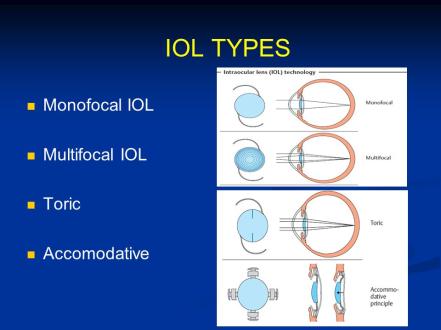Particularly if it occurs suddenly, flashing lights in your peripheral vision might be uncomfortable. Usually appearing as quick sparks, glittering lights, or even bursts of color in your field of vision, these white flashes in the corner of your eye cause worries. Understanding the causes of such flashes, how they develop, and when one should see an eye care professional is vital.
What is Photopsia, and Why Would It Occur?
The broad name for visual problems marked by flickering lights, flashes, or shimmering forms devoid of any real external light source is photopsia. Depending on the underlying cause, these light flashes—which commonly show up in the corner of your eye—may be fleeting or continuous. When flashes strike, they can be caused by anything from mild, transient ailments to more serious, vision-threatening problems. Understanding photopsia mostly helps one distinguish between benign events and circumstances calling for quick medical intervention.
Some people may discover their flashes go away with rest or changing illumination; they may also see them periodically. Others may experience other symptoms along with the flashes, including pink eyes, impaired vision, or "floaters"—tiny, dark figures that float across the line of sight. In any event, the importance of staying informed is critical, as even minor visual problems can affect daily activities and safety, particularly while driving or working on occupations needing complete eyesight.
When Should One Consider Peripheral Light Flashes?
Although modest visual disruptions are normal, persistent or strong flashes—especially if they only show in one eye—may point to a disorder other than regular eye tiredness or strain. Another common element is aging since it can cause minor changes in eyesight, such as pink eyes or minute light flickers. Still, knowing what might be triggering flashes of light in peripheral vision—whether they have to do with eye anatomy, neurological problems, or vascular changes—helps one assess their seriousness. Frequent or worsening flashes demand a professional assessment at respectable eye clinics to rule out any damage to eye health.
See a clinic, such as My Vision Care, to find clarity on whether these peripheral flashes indicate retinal problems, including retinal tears or detachment, which could cause extreme vision loss if unchecked, or it is aging.
Keeping Current for Optimal Eye Health
Knowing when and why to seek treatment will benefit you whether it is for a check-up with your eye care physician or for more sophisticated testing visits to eye clinics. Understanding visual signals and when to consult a professional will help you protect your sight and solve any underlying problems before they get worse. Keep reading to discover the most often occurring reasons for flashing lights in your peripheral vision and their implications for the state of your eye.
Understanding Significant Symptoms and When to See a Doctor
Sometimes seeing flashing lights in the corner of the eye feels either insignificant or benign. It's important to understand, though, when these visual abnormalities can point to a more severe illness. Some flashing light symptoms should not be disregarded since they could point to problems, including retinal detachment and an emergency threatening to vision. Maintaining general eye health and vision can be much improved by being alert for these symptoms and knowing when to contact a doctor.
Important Alert Signs to See
Although sporadic flashes could be the result of small factors like eye strain, there are particular symptoms that need quick care. One of the early warning signals of retinal disease, for instance, is an increase in floaters—small specks or thread-like forms floating across your field of vision. Along with light flashes, these floaters could indicate either retinal rupture in severe cases or posterior vitreous detachment (PVD).
Here are three indications that should raise your attention:
- More dark forms or floaters show in your eyesight. Unexpected or many new floaters might signal either a change in the vitreous gel inside the eye or a possible retinal issue.
- You see a "curtain" effect. Retinal detachment should be handled straight once if it appears as though a dark shadow is passing over your field of vision.
- Flashes in one eye alone. Regular flashing lights in one eye only could indicate optic neuritis or a vascular condition compromising that eye.
When Should One See Expert Advice?
Correcting vision issues hinges on quick diagnosis. See an eye clinic if you have any of these symptoms, particularly in combination. An eye care professional can help you find the fundamental cause of these problems and then act to protect your eyesight.
If the flashes only show in one eye, this assessment is particularly crucial since unilateral symptoms may point to more specific problems, including optic neuritis or a vascular disease compromising the retina.
Advanced diagnostic instruments are available in specialized clinics such as My Vision Care that help early identify diseases including retinal detachment. Effective therapy has increased odds the earlier a diagnosis is made. Many severe eye diseases starting with mild symptoms can progress quickly, hence it is important to pay these symptoms great attention.
The Value of Early Discovery
Ignoring changes in your field of vision or ongoing flashes can have long-term effects. General well-being is strongly related to eye health, hence any symptoms suggesting prospective retinal problems should never be disregarded. Getting a professional assessment when seeing flashing lights in the corner of the eye guarantees not only mental calm. Should a major problem arise, early intervention becomes possible.
When you know when to act, you protect your eyes and eliminate any possible hazards before they become more pronounced. From non-invasive observation to possible surgical intervention, early diagnostic and treatment choices abound and could literally save your vision.






